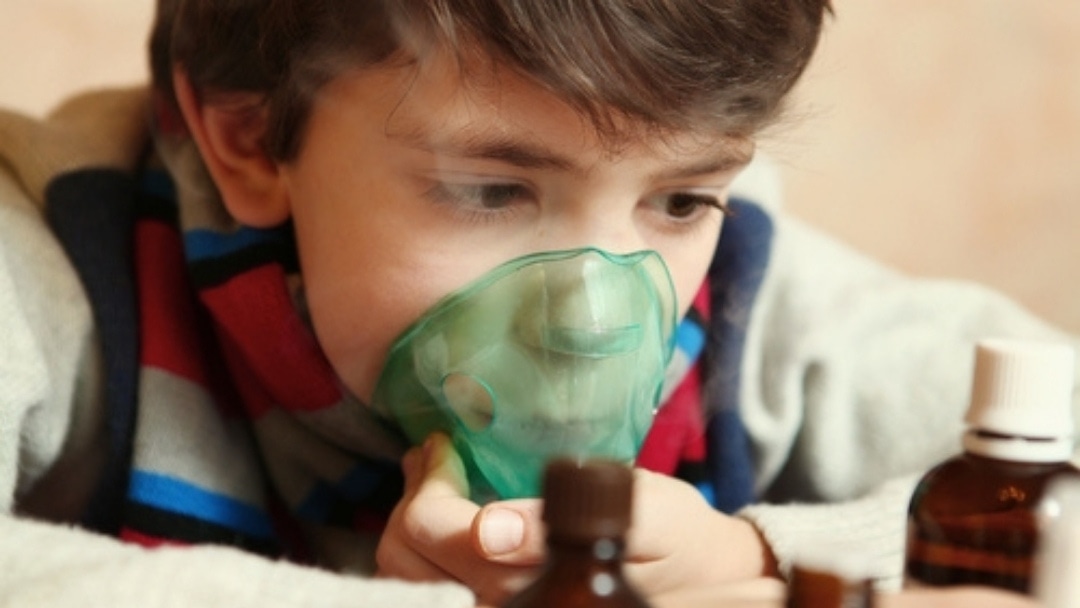Why does the cost of modern living make people in the Western industrial world so sick, fat and tired? How can we have a state-of-the-art healthcare system but also have one of the sickest populations on the planet? The truth is, the way that people live in the modern world is just not supportive of health and wellness.
Following are some illustrative examples of how modern living can be a challenge to our health and can interfere with children’s development.
Industrial Food System
Processing of Food
Industrialization in the nineteenth century radically changed the way that Americans eat food. People (especially upper and middle class Americans) began to exchange home-preserved and home-grown foods for factory preserved and processed foods. Home-preserved foods were often fermented, pickled, brined, and salted, which are processes that use “good” bacteria (the kind necessary for good gastrointestinal health) to preserve food. Factory-processed foods eliminate all microbes through heat processing or other modalities.
Refining of Grains
Grain-refining technologies developed in the nineteenth century stripped grains of their nutritive value in order to produce lighter, whiter flours that were desirable for breads, cakes, cookies and other baked foods. Essentially, Americans began to exchange foods that were digestively beneficial and full of nutrition (such as fermented vegetables and whole grains) for foods that were less-nutritive and potentially damaging to the gastrointestinal system.
Adding Non-Food Items to Food
These changes in diet were accelerated further during the twentieth century with modern advances in food processing and manufacturing. Over the course of the last seventy-five years, the food, chemical and additive industry has grown exponentially. There are now thousands upon thousands of additives added to everyday foods, and most them have not been studied extensively in humans.
What’s more, genetically modified organisms (GMOs) are now found in 80% of processed foods. GMOs and the herbicide used on GMOs can harm beneficial microbes in the gut and impair gut and immune function.
Synthetics and Toxins
We are living in a material world; a world of synthetics and many of those synthetic products serve as constant exposures to harmful chemicals. Stop what you are doing right now and look around you.
- How many things that are in your immediate environment are natural?
- How many are synthetic?
- Do you know if those synthetic items are exposing you to dangerous chemicals?
There are over 80,000 chemicals that we are exposed to every day that have not been tested for safety or health impact. Among the synthetics that are known to have negative impacts include petroleum derivatives such as BPA, phthalates, synthetic fragrances, flame-retardant chemicals and other endocrine disrupting chemicals. Endocrine disrupting chemicals can contribute to autoimmune diseases, developmental problems for children, thyroid conditions and even cancers.
Because so many of our manufactured products contain heavy metals, we are exposed to an inordinate amount of dangerous, brain-impacting heavy metals every day. Common objects in the home like Compact Fluorescent Lightbultbs (CFLs) contain dangerous levels of mercury that can be harmful when the bulbs are broken. Many times inexpensive children’s jewelry can contain dangerous levels of lead, cadmium or other harmful metals.
Modern Birthing Practices
C-Sections
About 1/3 of births in the U.S. are by C-section. This is important because the c-section procedure does not allow the baby to pass through the mother’s birth canal, nature’s way of inoculating the child with important gut flora which are critical for establishing strong immune health. What’s more, C-section procedures require IV antibiotics, another hit to the mother and baby’s microbiome and immune system.
More Antibiotics at Birth
About 40% of women in the US at any time test positive for group Beta strep—a bacteria that has been associated in rare cases with meningitis and sepsis, potentially deadly conditions for a newborn. Consequently, a standard protocol has been implemented in the vast majority of U.S. hospitals: Any woman at 37 +weeks of pregnancy testing positive for group Beta strep will receive antibiotics during labor, yet another hit to mother and baby’s microbiome and immune system.
Modern Infant Care
Restricted Movements
“Back to sleep” approaches, restrictive car seats, infant swings, jumpers and other modern contraptions that restrict our babies’ natural movements can have a profound impact on their growth and development. Babies need to move in space and explore their environment in order for their bodies, senses and brains to properly integrate and develop.
We have lost touch with time-honored and development-supporting ways of transporting our infants in favor of static “baby holders” that are well-suited for our “on the go” lifestyles. The skyrocketing rates of developmental delays seen in the modern world beg the question: Are our modern ways of holding, transporting and sleeping babies’ inhibiting their growth and development?
Breastfeeding
Prior to the 20th century, the vast majority of babies were breastfed as a matter of custom, necessity and cultural norm. By the middle of the 20th century, the vast majority of babies were bottle-fed, as industry and “science” assured women that modern women didn’t need to breastfeed.
The reverberation of this cultural shift is still being felt today compounded by the challenges of working outside the home while breastfeeding. Today, only 20% of mothers in the U.S. breastfeed their infants for longer than six months. Breast milk is critical for an infant’s nutritional needs but it is also an essential part of how a healthy immune system develops.
Technology: Television, Devices, Screens, EMFs and Blue Light
Devices and electronic that we use every day can significantly impact a child’s health. Here are some examples:
How Computers/Screens Affect Vision
Computer text is comprised of pixels – dots of light that are brighter in the center and progressively dimmer toward the edges. Because pixels lack the sharp edges of printed symbols, they do not provide the contrast that human eyes require for sustained focus. The eyes thus drift and refocus in cycles that are repeated over and over. Repetitive efforts of the focusing mechanism to maintain clarity leads to visual fatigue.
Dr. Jane Healy says “Computer use is even more stressful than book reading in terms of the demands it places on the visual system.” Children – especially those with developmental delays often do not know the difference between normal and abnormal visual experiences.
Television
The artificial pulsed light of TV projects directly into our eyes and beyond, affecting the secretions of our neuro-endocrine system. We strain to see the fuzzy and unfocused dotted image, especially if our eyes are under four years old and have not fully developed visual acuity and binocularity.
Watching TV weakens the very skills needed for effective reading: the ability to search out, scan, focus, and identify whatever comes into the visual field. Pupil dilation, tracking, and saccadic movement, all critical for reading and all absent during TV viewing, are functions of the reticular activating system (RAS). The RAS, gateway to the neocortex, is idle when a child watches TV, resulting in a poorly integrated lower brain which can’t properly access the higher brain.
Blue Light
Blue light emitted from televisions, computers, iPads, iPhones, and other devices can actually suppress melatonin production! That’s right, if you watch TV or use your computer in the evening, you are impacting you or your child’s ability to sleep. Children with autism often have altered melatonin pathways and low melatonin levels.
EMFs
EMFs are emitted from all electronic devices, some more than others. When a child is surfing the internet on a device, he is exposing himself to even higher levels of electromagnetic radiation. Many environmental health scientists are now recommending that children not use cellphones at all and limit their use of iPads and other electronic devices, including only allowing children to use them when the devices are in “airplane mode” or not transmitting signals.
Generation Zapped is a good resource for learning about the impact of EMFs on health.
To learn more about how living in the modern world may be impacting your health, please see the Center for Environmental Health.
Still Looking for Answers?
Visit the Epidemic Answers Practitioner Directory to find a practitioner near you.
Join us inside our online membership community for parents, Healing Together, where you’ll find even more healing resources, expert guidance, and a community to support you every step of your child’s healing journey.
Sources & References
Baker, B.H., et al. Association of Prenatal Acetaminophen Exposure Measured in Meconium With Risk of Attention-Deficit/Hyperactivity Disorder Mediated by Frontoparietal Network Brain Connectivity. JAMA Pediatrics. 2020 Sep 28;e203080.
Bittker, S.S., et al. Postnatal Acetaminophen and Potential Risk of Autism Spectrum Disorder among Males. Behav Sci (Basel). 2020 Jan 1;10(1):26.




